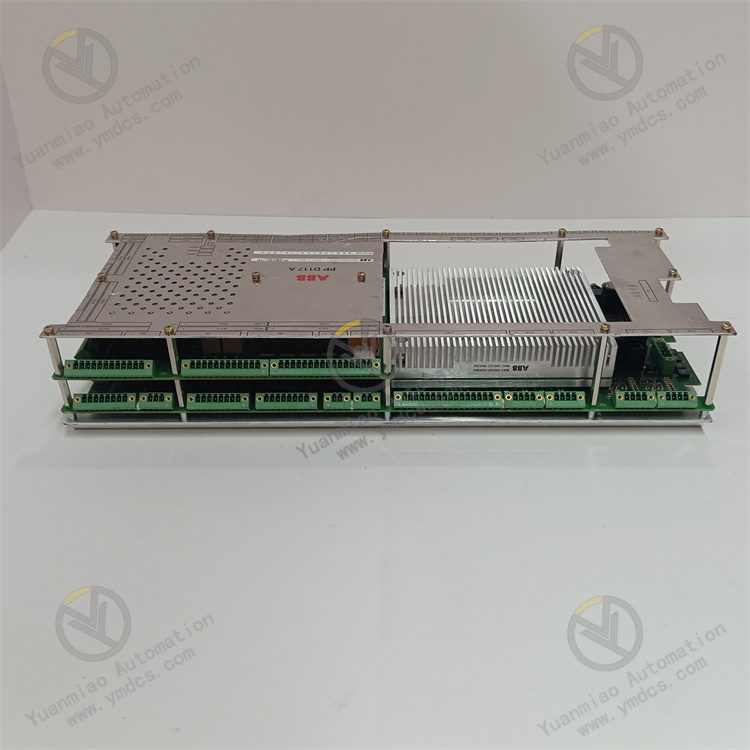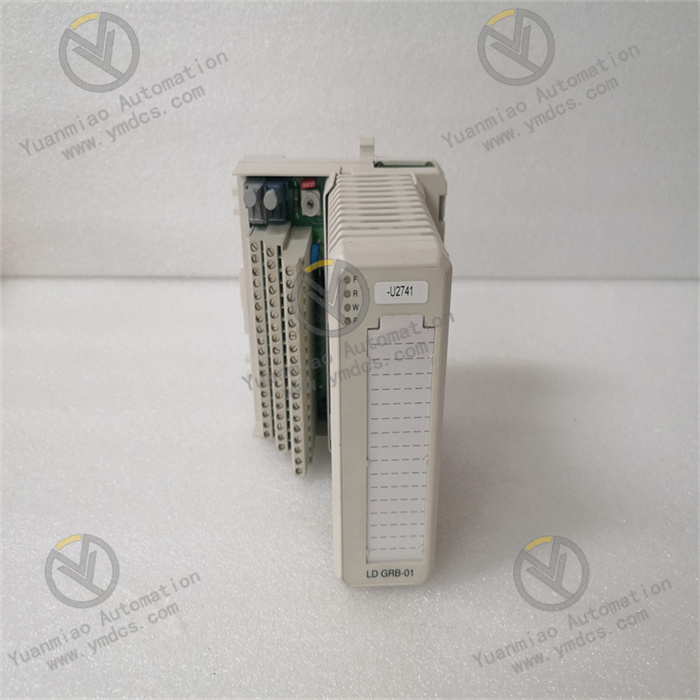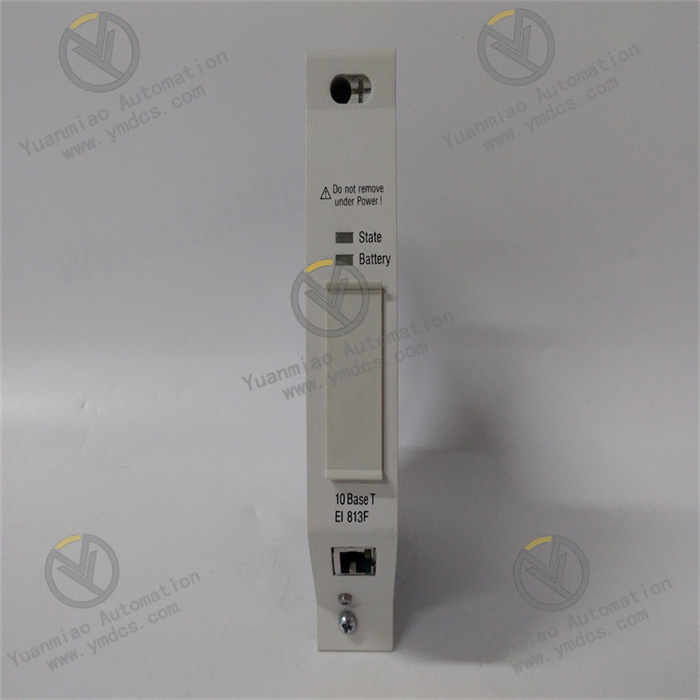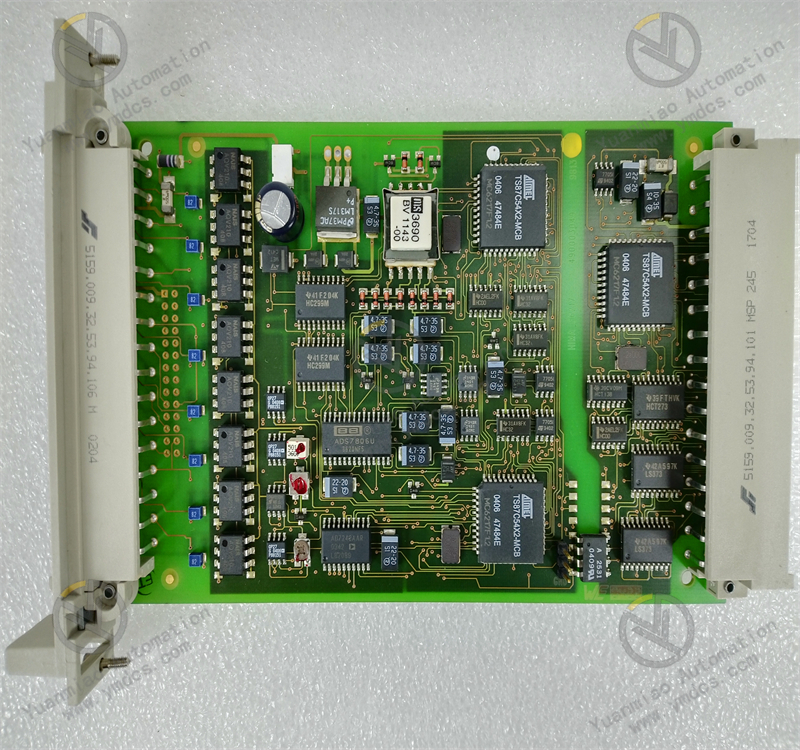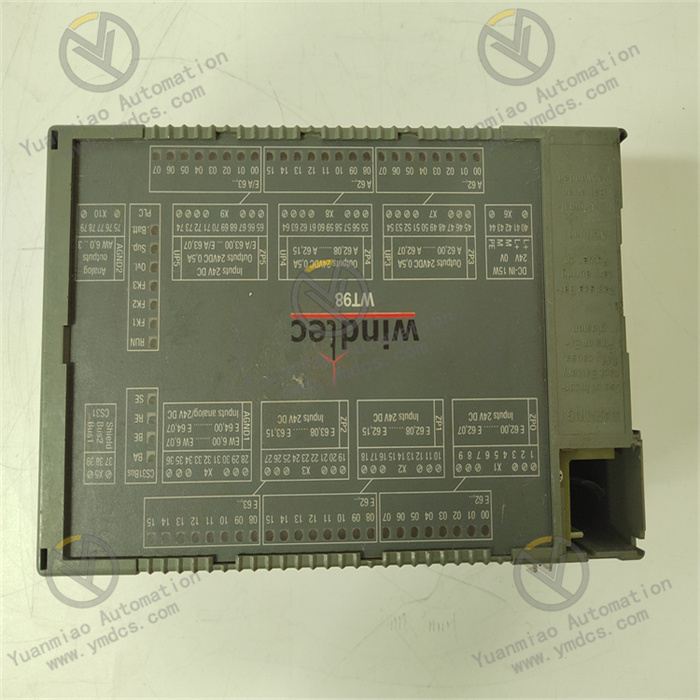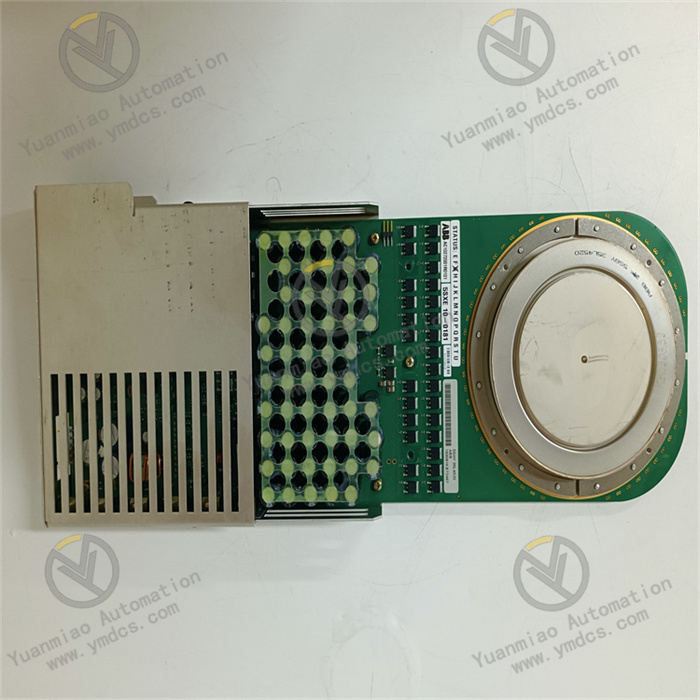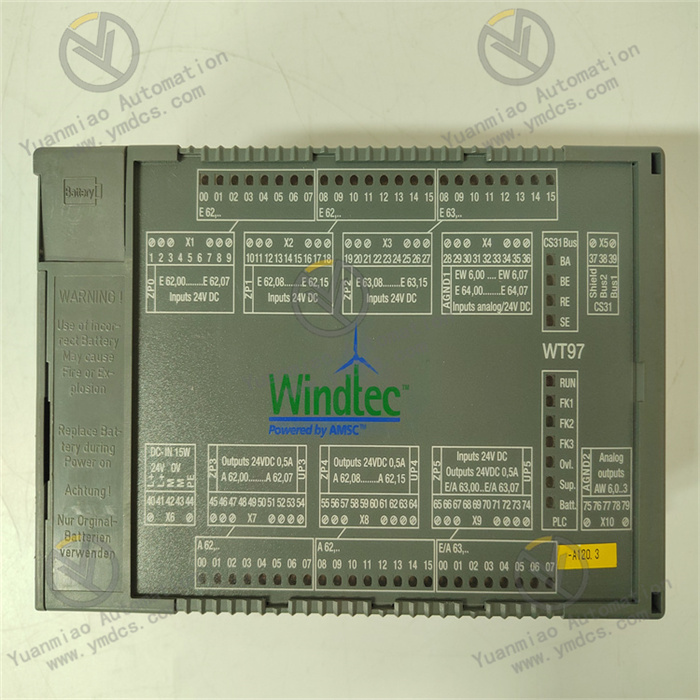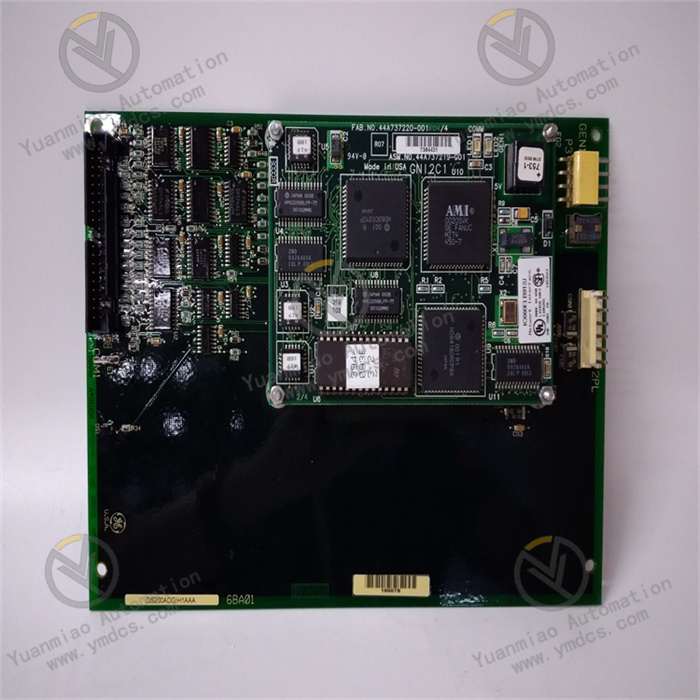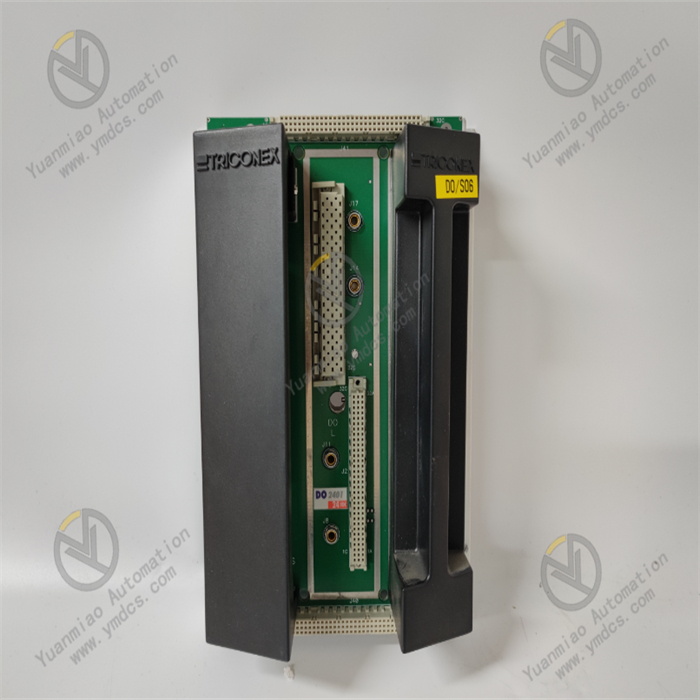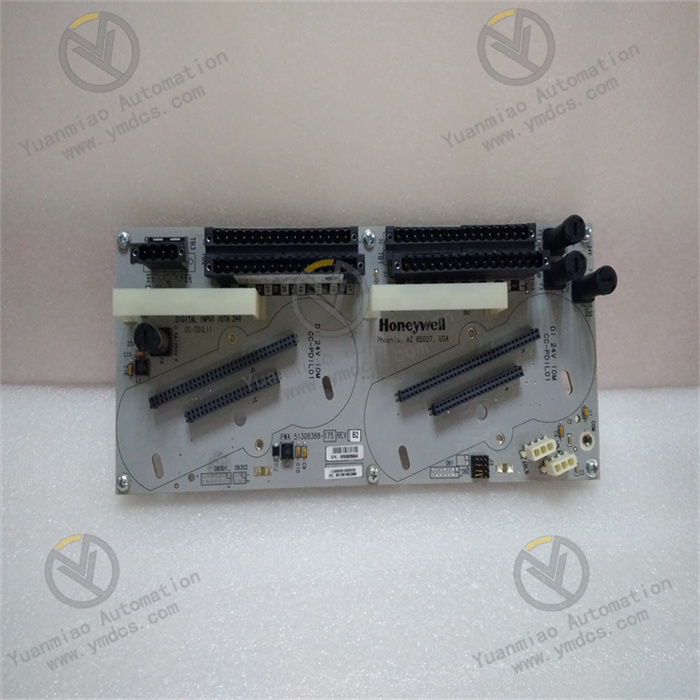Description
ProSoft 6105-WA-PDPS
I. Functional Features
- Communication Protocol Support
- Profibus DP Slave Function: As a Profibus DP slave module, it supports the Profibus DP V1/V2 protocol and can communicate with master devices such as PLCs and DCS systems.
- Wireless Communication Protocols: Likely supports wireless standards such as IEEE 802.11a/b/g/n/ac, operating in the 2.4GHz or 5GHz frequency bands to bridge wired Profibus networks with wireless local area networks (WLANs).
- Protocol Conversion Capability: May support converting the Profibus DP protocol to other industrial protocols (e.g., EtherNet/IP, Modbus, etc.) or act as a wireless access point (AP) for wireless device networking.
- Master/Slave Function and Networking Flexibility
- Master/Slave Mode Switching: Can be configured as a master or slave in a Profibus network to adapt to different topological structures (e.g., star, chain).
- Wireless Bridging/Relaying: Likely supports wireless modes such as Station, Access Point (AP), and Bridge to expand the coverage of industrial networks.
- Data Transmission and Performance
- High-Speed Communication: The data rate at the Profibus DP end can reach up to 12Mbps, while the wireless end's rate depends on the specific wireless standard (e.g., 802.11n can reach 300Mbps).
- Real-Time Performance: Supports industrial-grade real-time data transmission, suitable for latency-sensitive scenarios (e.g., motion control, process monitoring).
- Security and Reliability
- Encryption Mechanisms: Supports security protocols such as WPA2-PSK, AES, and 802.1X to prevent wireless data leakage.
- Industrial-Grade Design: Features a wide operating temperature range (e.g., -40°C to +75°C) and strong anti-interference capabilities, meeting reliability requirements for industrial environments (e.g., factory workshops, outdoor facilities).
- Interfaces and Expansion
- Physical Interfaces: Profibus DP interface (RS-485, Sub-D 9-pin or terminal block connection), wireless antenna interface (e.g., RP-SMA external antenna).
- Power Supply: Supports 24V DC power (may be compatible with a wide voltage input of 10-30V DC).
- Installation Methods: DIN rail or panel mounting for easy deployment in industrial sites.
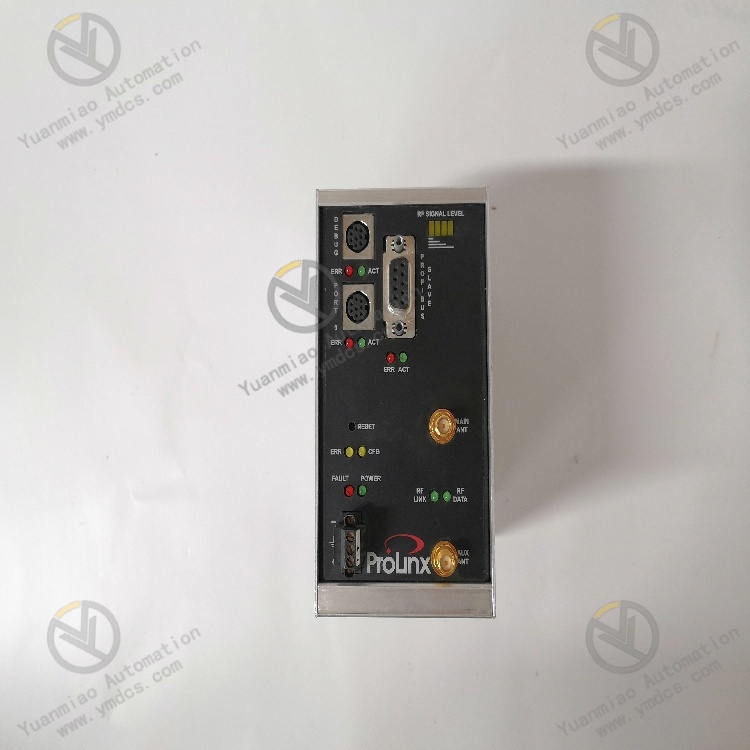
II. Application Scenarios
- Wireless Transformation in Industrial Automation
- Wireless Device Networking: Connects traditional Profibus DP devices (e.g., sensors, actuators, inverters) to industrial Ethernet via wireless modules, replacing wired cables and simplifying cabling.
- Mobile Device Communication: Enables wireless communication between mobile machinery (e.g., AGVs, conveyor trolleys) and fixed control systems, achieving flexible production layouts.
- Network Expansion in Complex Environments
- Long-Distance or Obstacle Scenarios: Extends Profibus network coverage across physical barriers (e.g., factory walls, production lines) via wireless bridging mode.
- Alternative Solutions for Harsh Environments: Uses wireless communication to avoid cable aging or damage in environments where wired cable deployment is difficult (e.g., high-temperature, humid, dusty areas).
- Multi-Protocol Hybrid Network Integration
- Protocol Conversion Hub: Acts as a gateway between Profibus DP and other protocols (e.g., EtherNet/IP, Modbus TCP) to enable interconnection between devices from different vendors (e.g., Rockwell PLCs and Siemens Profibus devices).
- Process Monitoring and Remote Maintenance
- Wireless Data Collection: Real-time collection of Profibus device data and wireless transmission to monitoring systems, supporting remote fault diagnosis and parameter adjustment.
- Temporary or Mobile Deployment Scenarios: Rapidly deploys wireless communication networks in temporary production lines, temporary inspection points, and other scenarios to reduce deployment costs.

III. Operation and Configuration
- Preparation
- Confirm device compatibility (e.g., Profibus master type, wireless frequency band permissions).
- Prepare configuration tools: ProSoft Configuration Builder (PCB), SyCon software, and GSD files (for Profibus device description).
- Hardware Installation
- Fix the module via DIN rail or panel, connect Profibus cables (note terminating resistor settings), and attach external antennas.
- Power on with 24V DC and ensure indicator lights (e.g., power, communication status) are normal.
- Software Configuration
- Configure wireless modes (AP/Station), SSID, encryption methods, channels, etc., via PCB or web interface (Web UI).
- If acting as a gateway, configure protocol conversion rules (e.g., mapping between Profibus and Ethernet data).
- Add the module’s GSD file in SyCon and set Profibus slave address, baud rate, and other parameters.
- Map input/output data areas (e.g., PZD/AI/AO signals in PROFIBUS DP).
- Profibus Slave Configuration:
- Wireless Parameter Settings:
- Network Testing and Monitoring
- Test data transmission and reception using ProSoft tools or PLC programming software.
- Monitor wireless signal strength (RSSI), communication latency, and other metrics to ensure network stability.




